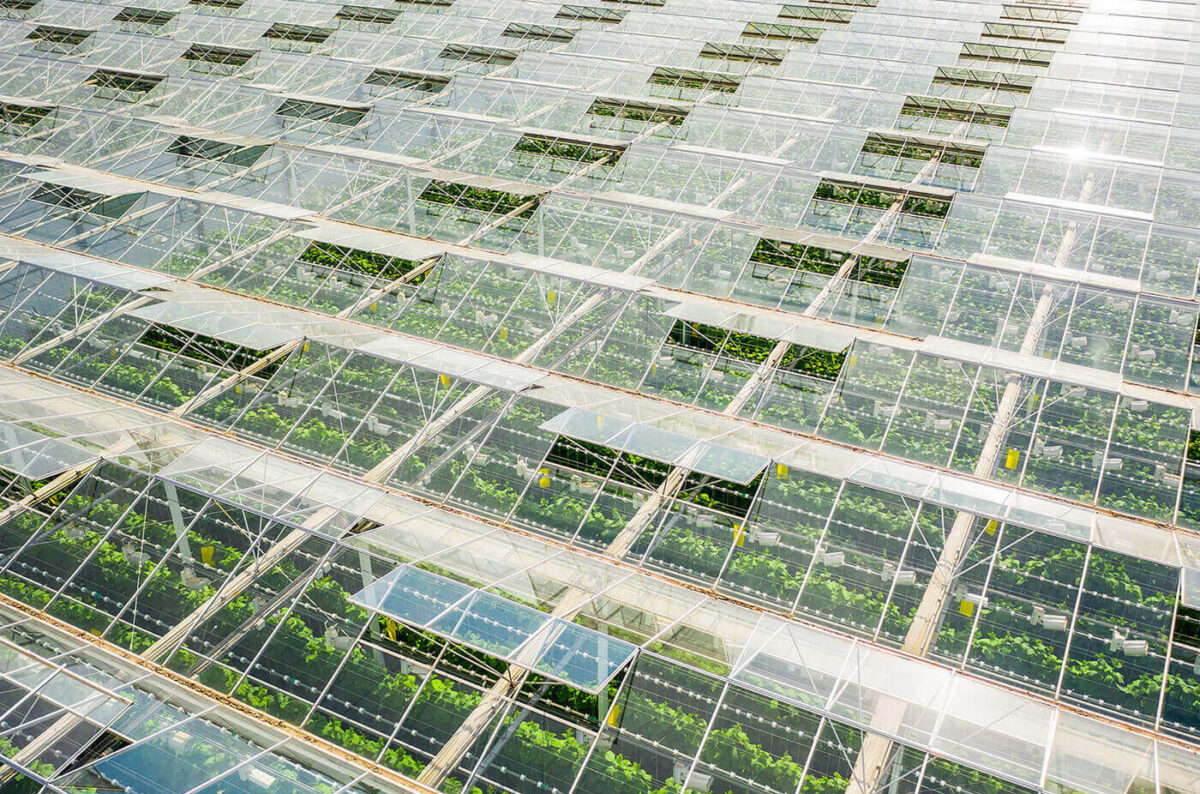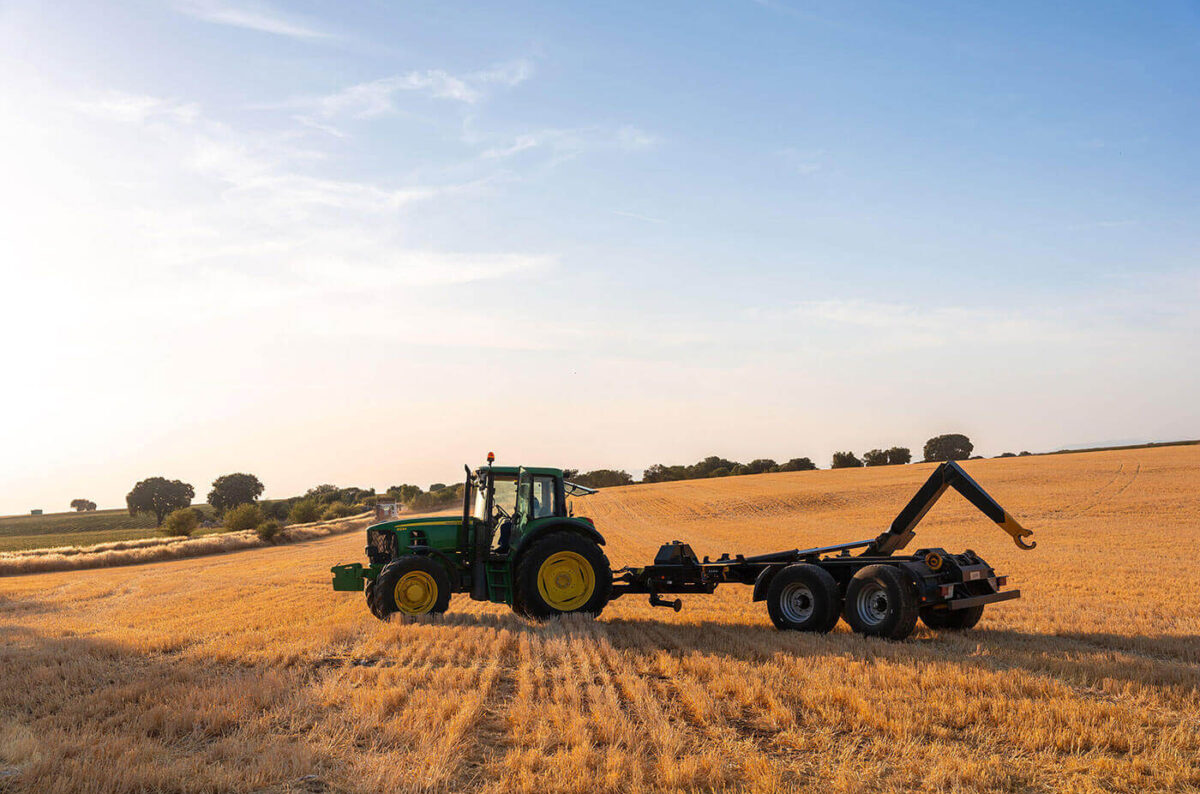
- Stories
- November 12, 2022
Every time we throw away food, we’re not just wasting calories and nutrients—we’re throwing away thousands of gallons of water. The water footprint of our food is largely invisible, yet it represents one of the most significant environmental impacts of our daily choices. This article explores the surprising water costs behind common foods and offers practical solutions to reduce your water waste through smarter food choices.
The Hidden Waters Behind Our Plates
Water flows through every step of food production—from irrigation of crops to processing, packaging, and transportation. This is known as “virtual water” or a food’s “water footprint,” and the numbers are staggering:
- One pound of beef: 1,800 gallons of water
- One egg: 53 gallons of water
- One pound of cheese: 700 gallons of water
- One cup of coffee: 37 gallons of water
- One apple: 33 gallons of water
- One orange: 13 gallons of water
- One pound of chicken: 518 gallons of water
- One pound of chocolate: 3,170 gallons of water
These figures represent the total water needed throughout the entire production chain. When we discard food, we’re effectively pouring all that water down the drain as well.
Animal Products vs. Plant Foods: A Stark Contrast
The difference in water footprints between animal and plant-based foods is particularly notable:
Animal agriculture is responsible for approximately 20-33% of all freshwater consumption in the world. Beef production requires about 15 times more water than the equivalent amount of plant protein. This is because animals consume large quantities of water-intensive feed crops, drink water directly, and require water for processing facilities.
For perspective, producing a single hamburger requires roughly 660 gallons of water—enough to shower for a month. By contrast, a veggie burger might only require about 52 gallons.
Global Impact and Water Scarcity
Our food choices have global implications. Agriculture accounts for about 70% of global freshwater usage, with much of it occurring in regions already facing water scarcity.
Water-intensive foods imported from drought-prone regions can effectively transfer water stress from one part of the world to another. For example, almonds grown in California’s drought-plagued Central Valley require enormous amounts of water, yet they’re exported globally.
The Food Waste Multiplier Effect
In the United States alone, approximately 30-40% of the food supply goes to waste. This translates to roughly 133 billion pounds of food waste annually—and with it, trillions of gallons of wasted water.
When we consider the entire supply chain, the environmental impact becomes even more profound. Food that never reaches our plates still required water, energy, and resources to produce, process, and transport.
Practical Steps to Reduce Your Water Footprint
1. Adjust Your Diet
- Incorporate more plant-based meals: Even one meat-free day per week can save thousands of gallons of water annually.
- Choose lower-impact animal products: If you eat animal products, chicken, eggs, and dairy typically have lower water footprints than beef.
- Be mindful with luxury items: Coffee, chocolate, and nuts have some of the highest water footprints—enjoy them mindfully.
2. Minimize Food Waste
- Plan meals and create shopping lists to buy only what you need.
- Store food properly to extend its life.
- Learn to love leftovers and get creative with food scraps.
- Use the freezer to preserve food before it spoils.
3. Shop Consciously
- Buy “ugly” produce that might otherwise be wasted.
- Support local and seasonal foods to reduce transportation and storage water footprints.
- Look for certifications that indicate water-responsible farming practices.
4. Grow Your Own
- Home gardens can be much more water-efficient than industrial agriculture.
- Collect rainwater for garden irrigation.
- Choose native and drought-resistant plant varieties.
The Bigger Picture: Water Equity
Water footprint awareness isn’t just about environmental conservation—it’s also about global equity. As climate change intensifies water scarcity in many regions, our food choices can either contribute to or help alleviate water stress in vulnerable communities worldwide.
By making more water-conscious food choices, we’re not just saving water; we’re participating in a more equitable distribution of this essential resource.
Conclusion: Small Choices, Big Impact
The next time you’re about to toss that forgotten container of leftovers or half-eaten piece of fruit, remember the hundreds of gallons of water that went into producing it. Our individual choices may seem small, but collectively, they represent an enormous opportunity to conserve one of our planet’s most precious resources.
By understanding and reducing our food’s water footprint, we take a meaningful step toward more sustainable and responsible consumption—one meal, one grocery trip, and one saved leftover at a time.
What steps will you take to reduce your food-related water footprint? Share your ideas and experiences in the comments below!














